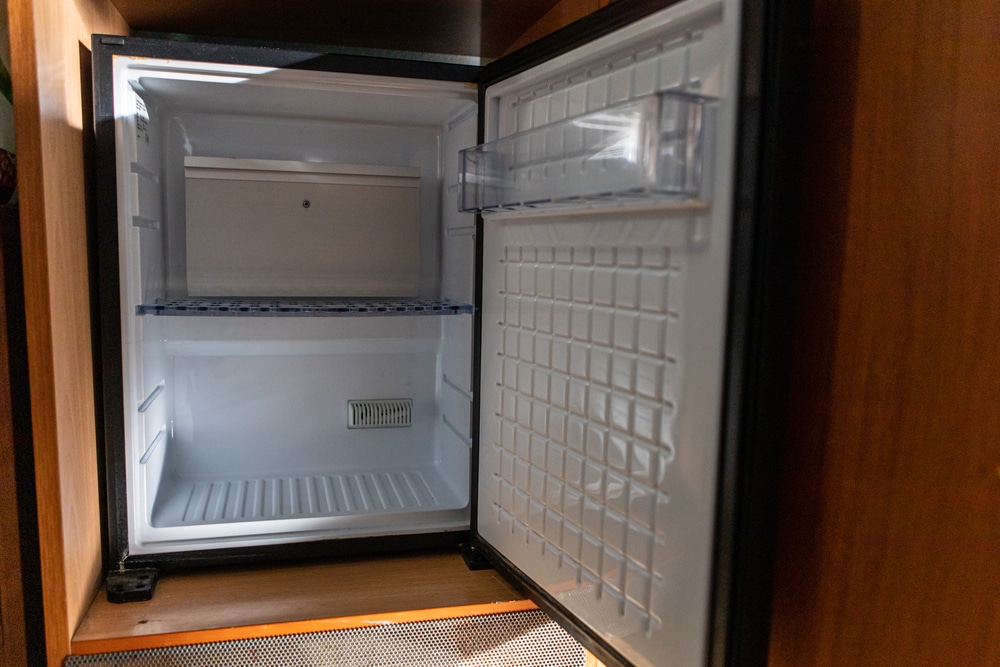This post may contain affiliate links. I may receive a small commission at no extra cost to you. All opinions remain my own.
Author of the blog. I am passionate about the calling to be a homemaker, and local, family-owned businesses.
This page contains all the resources I have on mini-fridges: how different they are from big ones, what technology they use, and how to choose one for your dorm, RV, or small apartment.
People Ask
What is a mini-fridge?
Mini fridges are small appliances used to store food and beverages and keep them cool while saving space and power. Their compact size allows you to place them anywhere as long as they are away from a heat source. They can be used as a good solution for small kitchens, but also for traveling, offices, for parties and gatherings, or simply as a back-up refrigerator in larger kitchens. Mini refrigerators consume less energy than the regular sized fridges, especially the Energy Star certified models. They typically come with a refrigeration space and a small freezer section.
How does a mini fridge work?
There are three types of mini-fridges:
Compressor fridge – works like standard refrigerators causing the refrigerant circulating through a compressor, condenser, and evaporator to change from a liquid into a gas.
-
- Thermoelectric fridge – works based on Peltier Effect – heat is being transferred from one side of the device to the other using electric power. The side located on the outside of the fridge releases warmth while the other side gets cold and cools the inside.
- Absorption fridge – works by causing the refrigerant to evaporate in a low-pressure chamber when it absorbs heat from the inside of the fridge. Now as a gas, refrigerant gets heated again which makes the gas evaporate out. With no heat, gas is converted back to a liquid and the cycle starts again.
How much power (amps and watts) does a mini fridge use?
Depending on their size, mini-fridges use 85-250 W while running. Smaller models use less power while models labeled with Energy Star rating consume less than 250 kW per year. Most mini fridges need 2 amps to work properly. So they are much more energy-efficient compared to a standard kitchen refrigerator.
If you want to save the energy your mini-fridge consumes, keep it away from any heat source. The quality of the insulating system on a mini-fridge can also affect the energy-efficiency of it. If it is not properly insulated, the room temperature can affect the internal one.
How long does it take for a mini-fridge to get cold?
For a brand new mini fridge to get cold it takes between a few hours to 24 hours. It will take a couple of hours for most models to start cooling, but mostly up to a day until they reach full cooling capacity.
The time they take depends on their size and model, cooling technology, and whether the fridge is placed in a cool place or exposed to the heat or direct sunlight. They also need to be placed at a distance to the wall for the air to circulate and the fridge to function properly.
Which Mini Fridge Should I Buy?
You can find the best deals on mini-fridges on Amazon.

